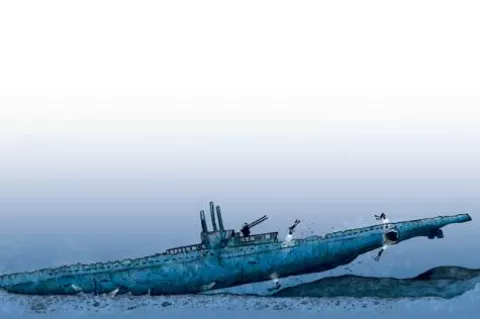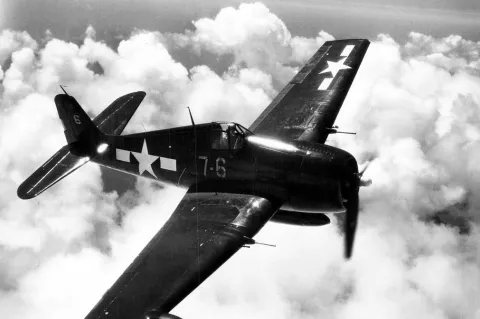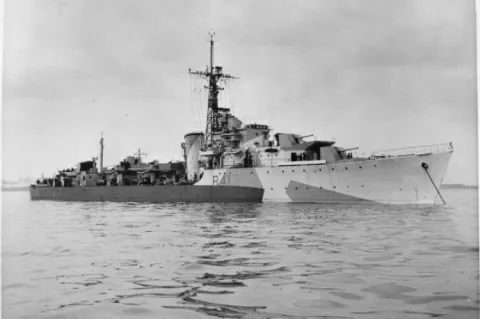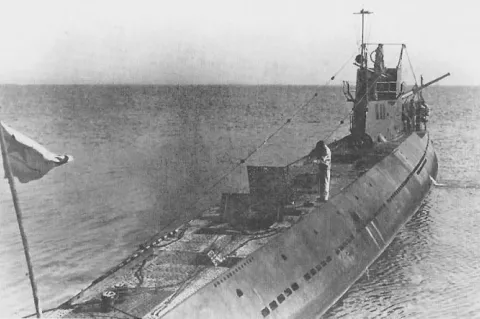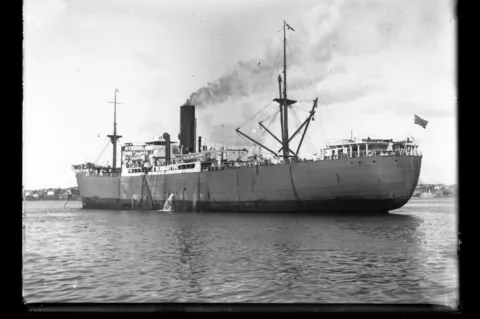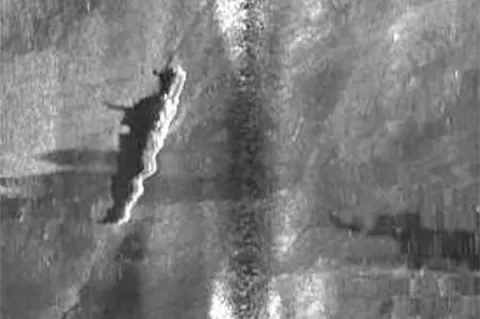German WW2 u-boat located off Oman
U-533 was a Nazi German U-Boat (Type IXC/40) that operated during World War II between April 15, 1943 and October 16, 1943. It was first launched on September 11, 1942 with a crew of 53, under the command of Helmut Hennig.
It was sunk by a Royal Air Force Blenheim bomber while it was operating in the Gulf of Oman. Of the crew of 53, only one survived by staying afloat without a life jacket for 28 hours until he was rescued by the HMS Hiravati near Khor Fakkan.
- Read more about German WW2 u-boat located off Oman
- Log in to post comments

